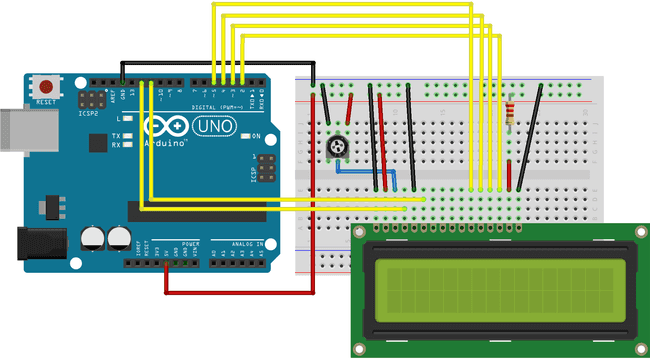
Best Way to Design an LCD Display Circuit
Designing an LCD display circuit can be a challenging task, but with the right approach, you can create a high-quality and efficient circuit that meets your specific needs. In this article, we will discuss the best way to design an LCD display circuit, covering everything from choosing the right components to testing and troubleshooting the circuit.
Choose the Right Components
When designing an LCD display circuit, the first step is to choose the right components. The most important component of an LCD display circuit is the LCD panel itself. Be sure to select a panel that meets your resolution and size requirements, as well as any other specifications you may have.
In addition to the LCD panel, you will also need to choose a driver IC to control the display. There are many different driver ICs available on the market, so be sure to do your research and select one that is compatible with your chosen LCD panel.
Design the Circuit Layout
Once you have chosen the right components for your LCD display circuit, the next step is to design the circuit layout. This involves determining the placement of each component on the circuit board, as well as the routing of the connections between them.
When designing the circuit layout, be sure to pay attention to factors such as signal integrity, power distribution, and electromagnetic interference. These can all have a significant impact on the performance of your LCD display circuit.
Test and Troubleshoot the CircuitOnce you have designed the circuit layout, the next step is to test and troubleshoot the circuit. This involves checking for any errors or issues that may arise during the manufacturing process, as well as verifying that the circuit functions as intended.
When testing the circuit, be sure to use appropriate testing equipment and follow proper testing procedures. This will help ensure that your LCD display circuit is functioning correctly and meeting your specifications.
Conclusion
Designing an LCD display circuit requires careful planning and attention to detail. By following the steps outlined in this article, you can create a high-quality and efficient circuit that meets your specific needs. Remember to choose the right components, design the circuit layout carefully, and test and troubleshoot the circuit thoroughly to ensure its success.
Was this helpful?
0 / 0